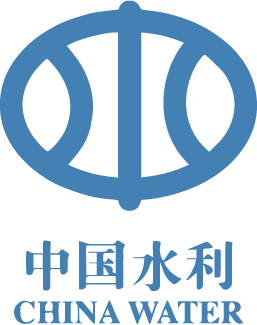The Summer Palace is a well representative Chinese artwork in terms of both garden design and construction. In December 1998, UNESCO included the Summer Palace in its World Heritage List. The Tuancheng Lake in the Summer Palace is Beijing’s main water source. The water from Miyun Reservoir was transferred into the Tuancheng Lake through the Diversion Canal and then diverted to the urban districts of Beijing. The lake is also a key component for the Beijing section of the South-to-North Water Diversion Project.
Home > Programme > Programme
Exploring the Great Wall and Olympic Venues
Climb the Mutianyu Great Wall, explore the Ming Tombs, and visit the Olympic Park. This route combines the essence of the Ming Dynasty's Great Wall, the historical significance of the Ming Tombs, and the modern allure of the Olympic Park, which hosted the Beijing 2008 Olympic Games.
On this route, you will embark on a journey that combines ancient wonders with modern marvels.
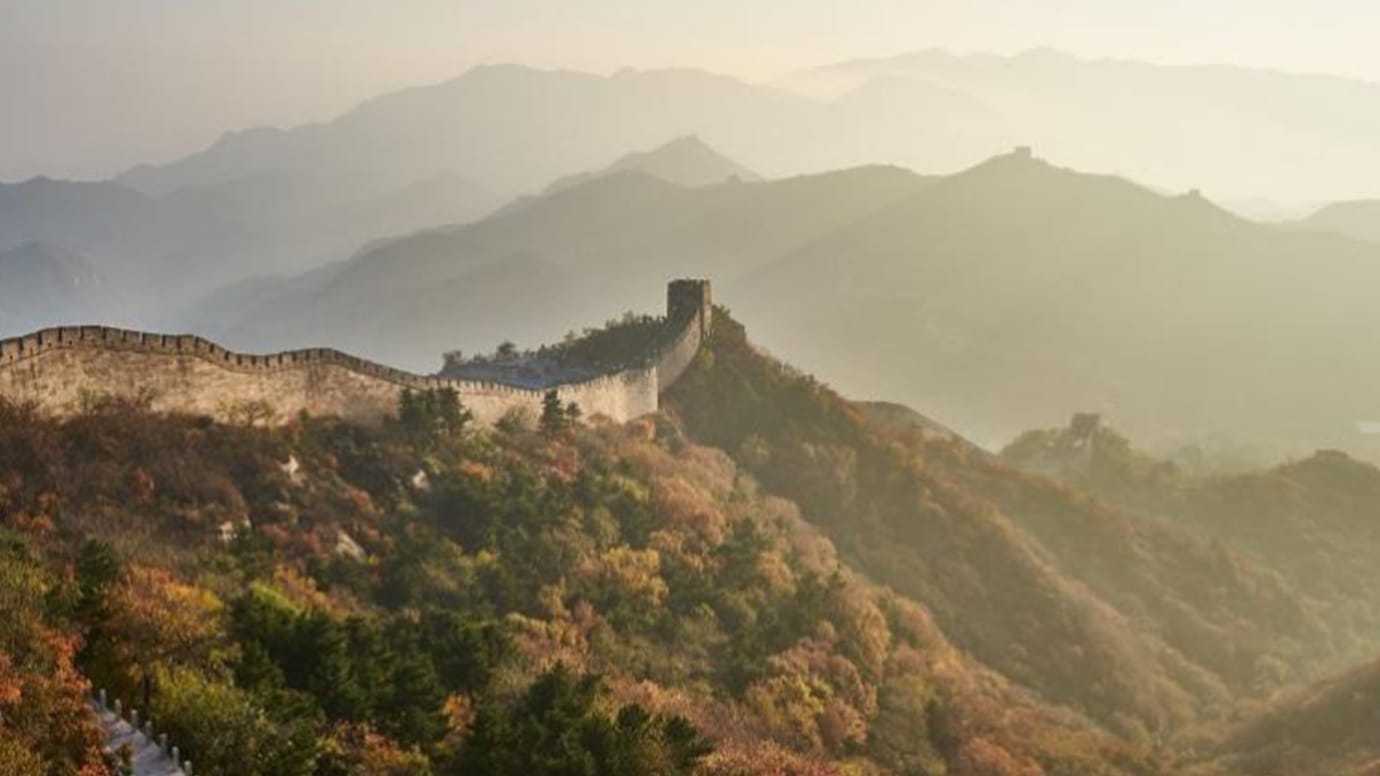
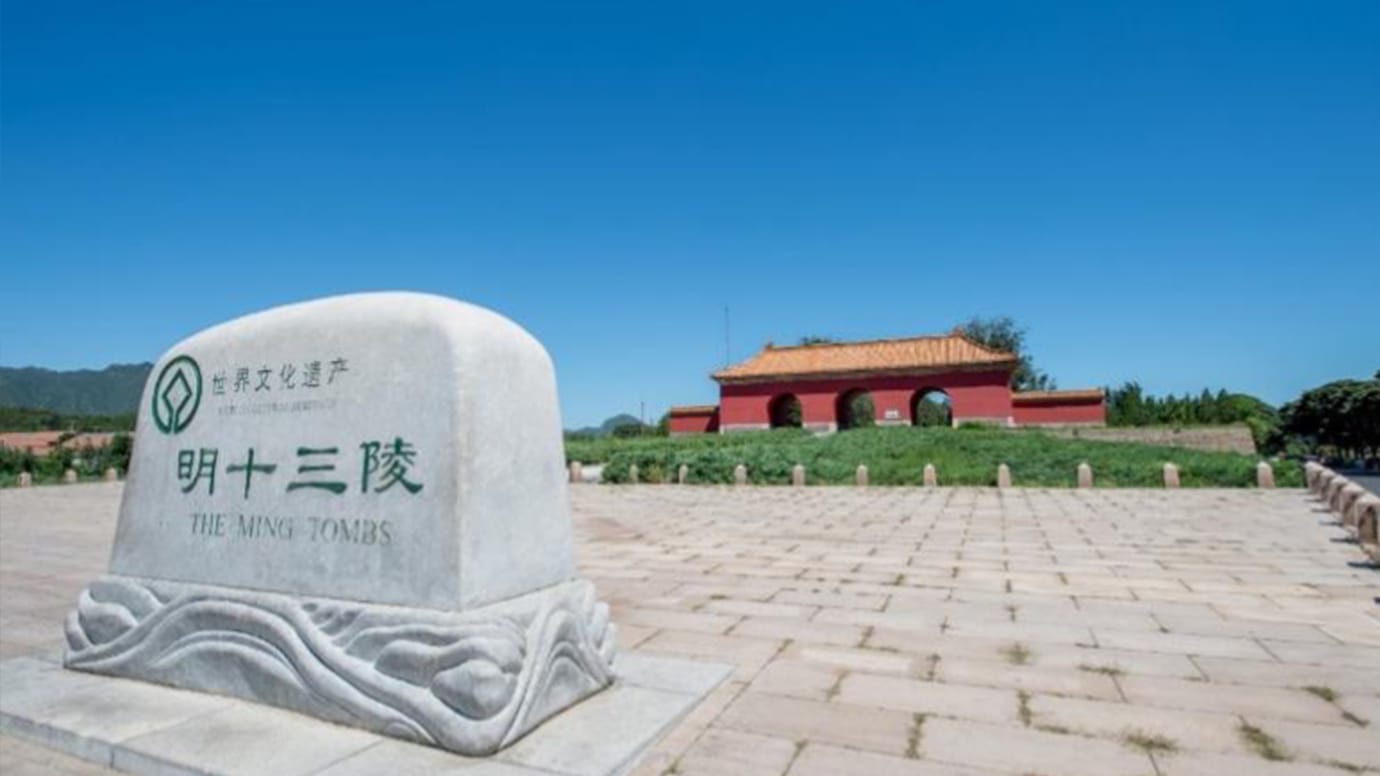

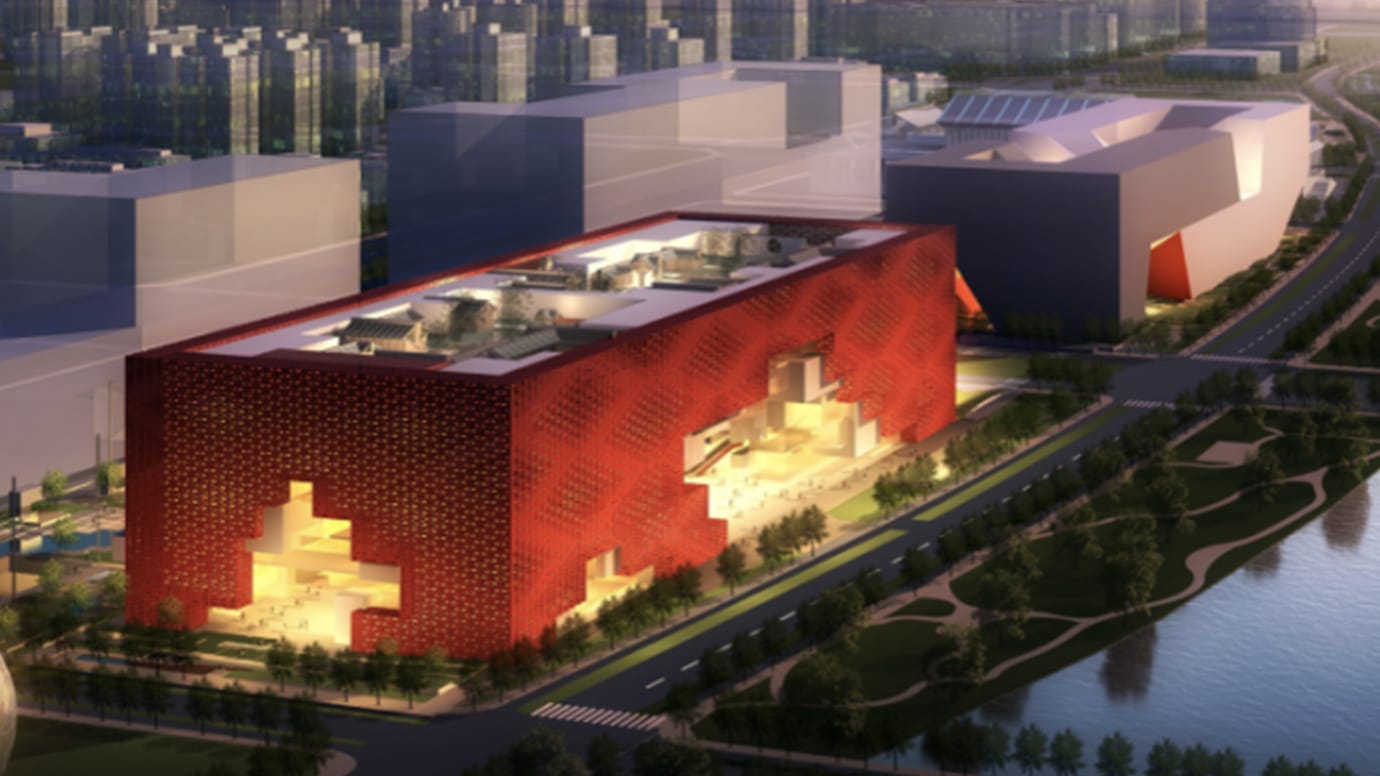
Technical Field Trip
| Duration | Date | Time | Itinerary | Meal | Accomodation |
|---|---|---|---|---|---|
| 1 Day | Sept. 12 2023 | 08:00 | Depart after Breakfast | Breakfast/Lunch/Dinner | / |
| 08:00-10:00 | Depart for Mutianyu Great Wall | ||||
| 10:00-12:00 | Mutianyu Great Wall | ||||
| 12:00-13:00 | Lunch | ||||
| 13:00-14:00 | Depart for Ming Tombs | ||||
| 14:00-15:00 | Ming Tombs | ||||
| 15:00-16:00 | Depart for Museum of Arts and Crafts and Intangible Cultural Heritage Museum | ||||
| 16:00-17:00 | Visit the Museum of Arts and Crafts and Intangible Cultural Heritage Museum | ||||
| 17:00-17:40 | Depart for The Olympic Park | ||||
| 17:40-18:40 | Visit the exterior of the National Stadium (the Bird's Nest) | ||||
| 18:40-20:30 | Dinner / Back to Hotel |
Forbidden City & Beijing Folk Customs
Tiananmen Square, the world's largest urban central square, has stood since its construction in 1417, serving as an iconic landmark. The Palace Museum, formerly known as the Forbidden City, is the largest and best-preserved wooden palace complex globally. As a comprehensive ancient art museum, it showcases the cultural treasures of the Ming and Qing Dynasties, making it China's largest museum of ancient culture and art.
Qianmen Pedestrian Street, the largest ancient city protection area in Beijing, is a planned commercial block surrounding Tiananmen Square. This 845-meter-long tree-lined street brings together numerous esteemed Beijing businesses, recreating the vibrant commercial atmosphere of old Beijing.
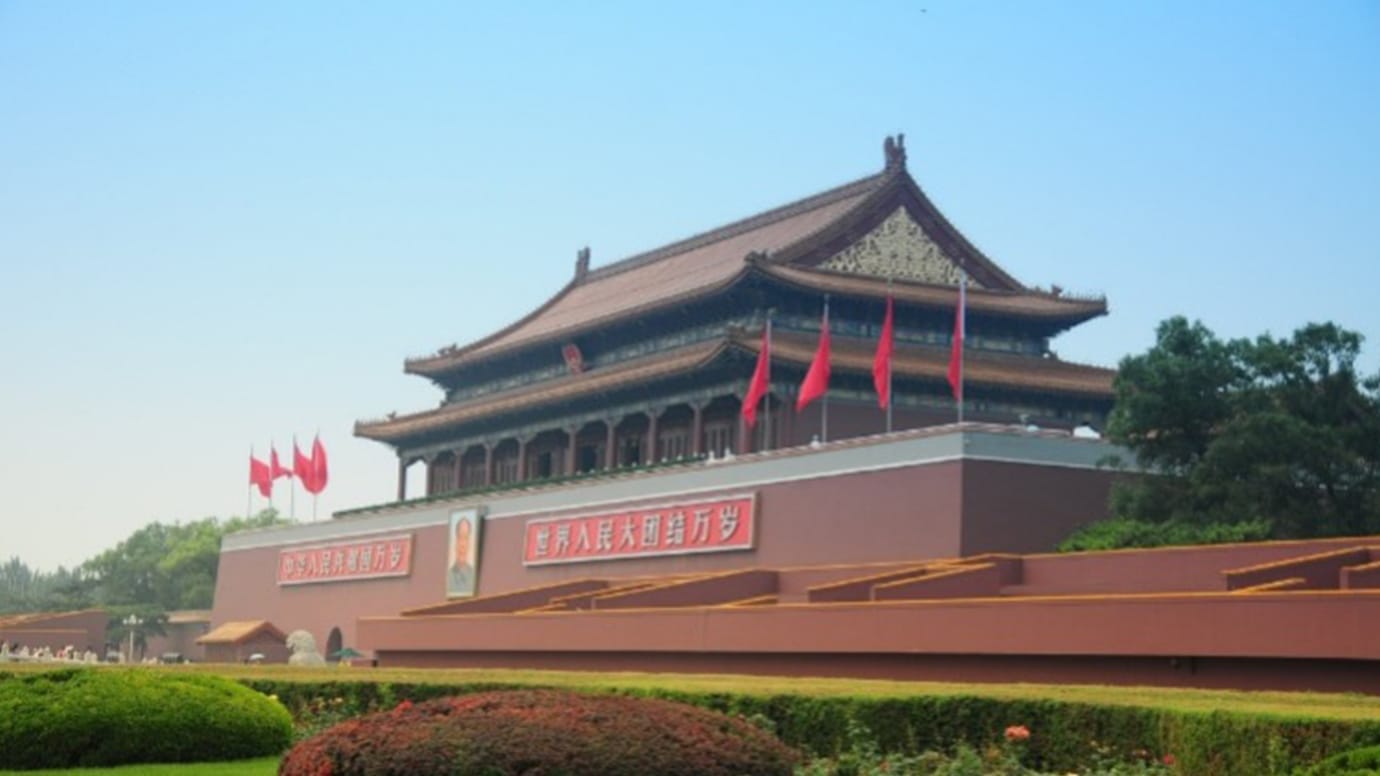
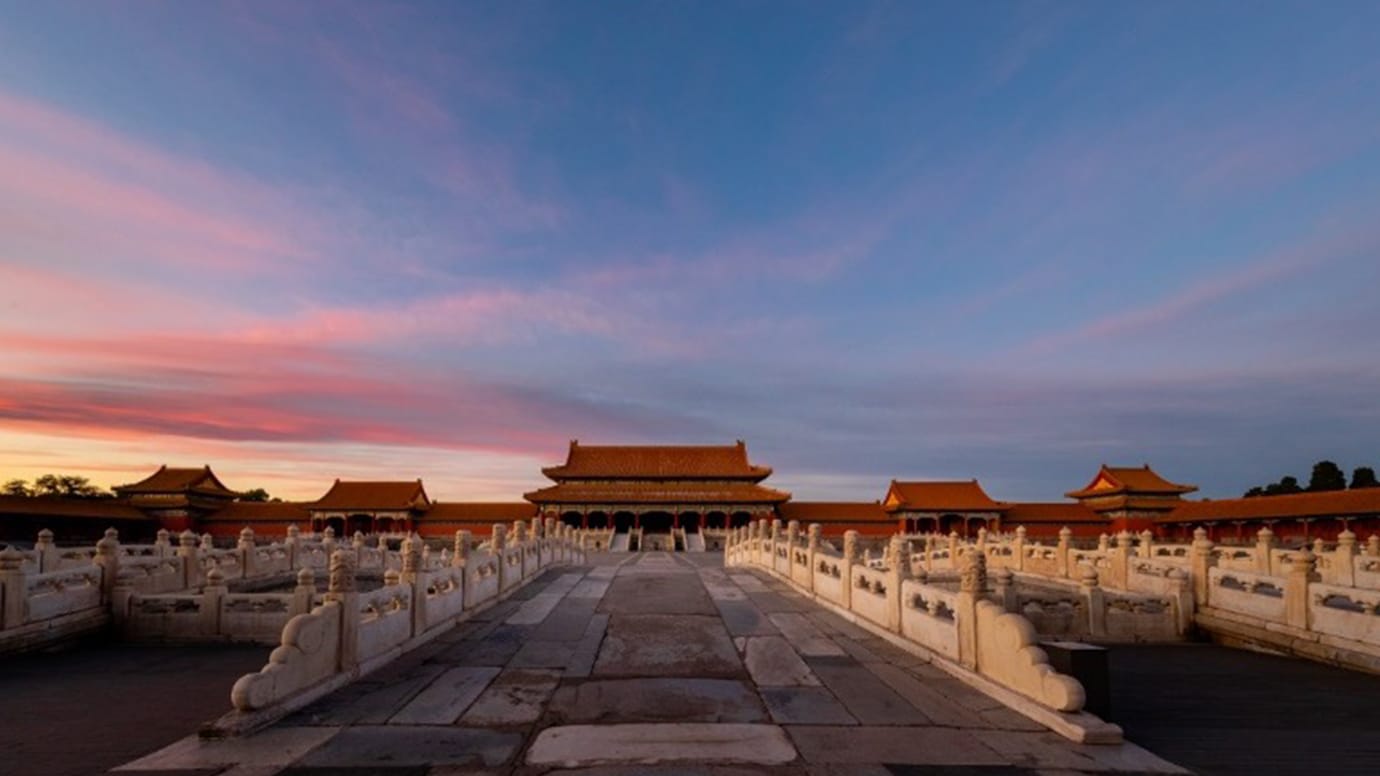

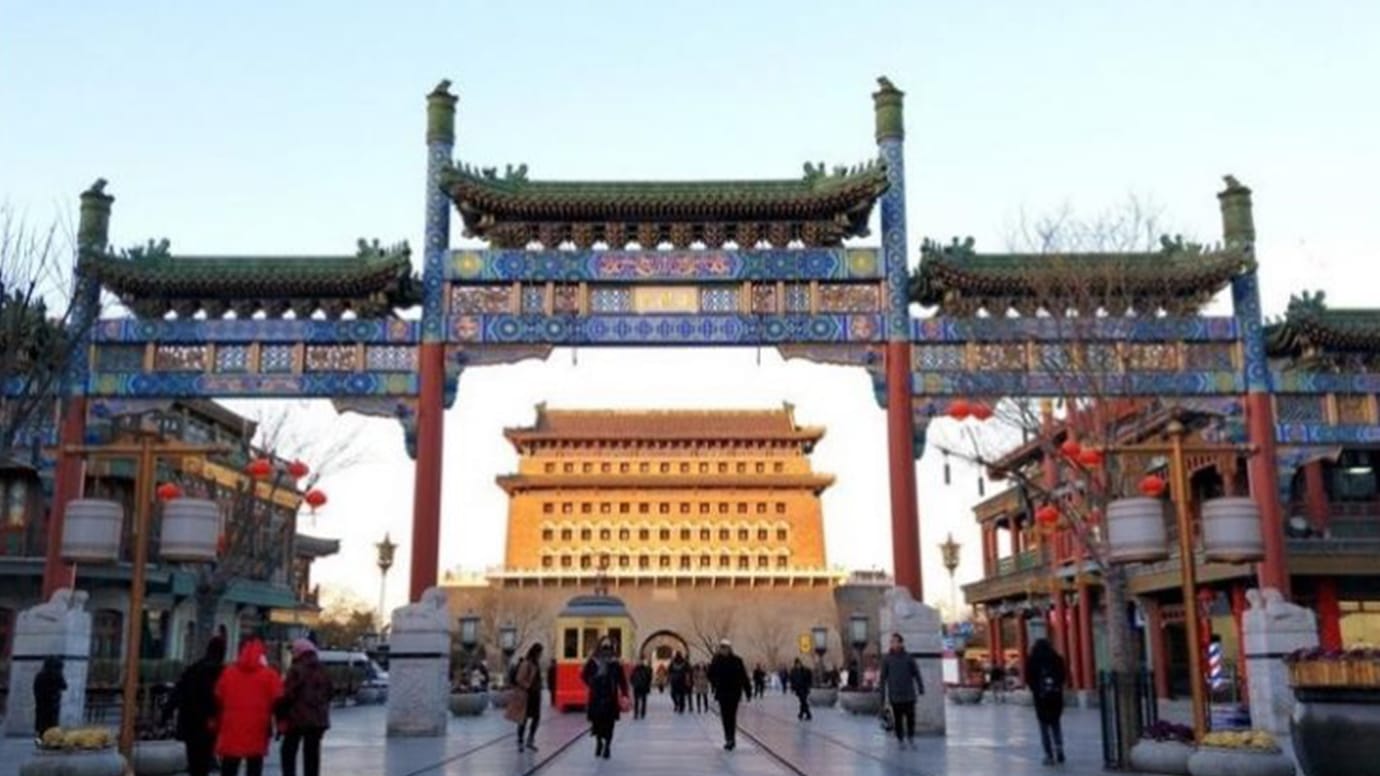
Technical Field Trip
| Duration | Date | Time | Itinerary | Meal | Accomodation |
|---|---|---|---|---|---|
| 1 Day | Sept. 13 2023 | 08:30 | Depart after Breakfast | Breakfast/Lunch | / |
| 08:30-09:30 | Depart for Tiananmen Square | ||||
| 09:30-10:00 | Tiananmen Square | ||||
| 10:00-12:30 | The Forbidden City Museum | ||||
| 12:30-13:30 | Lunch | ||||
| 13:30-14:00 | Qianmen Pedestrian Street | ||||
| 14:00-16:00 | Free time on Qianmen Pedestrian Street | ||||
| 16:00-17:00 | Back to Hotel |
Hutong, Prince's Mansion & Royal Altar
Shichahai, located in downtown, is a captivating historic district. Prince Gong's Mansion showcases meticulous architecture, exquisite craftsmanship, and stunning pavilions, representing both royal grandeur and the elegant charm of the people. The Temple of Heaven, once an altar for emperors to honour the God of Heaven, has stood for over 490 years since the Ming Dynasty. It was later transformed into a park in 1918, preserving its cultural and spiritual significance.
This route provides a comprehensive experience, blending traditional neighbourhoods, royal elegance, and spiritual significance.
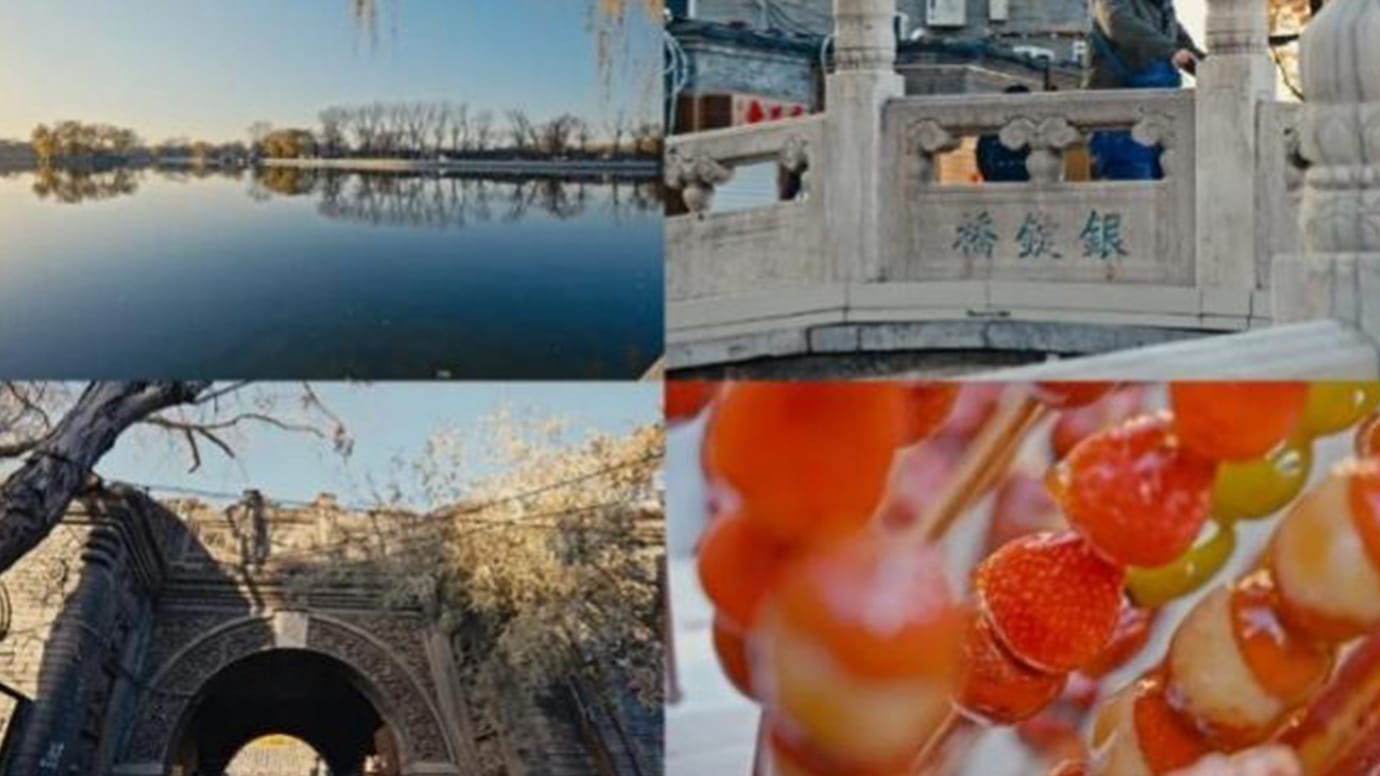


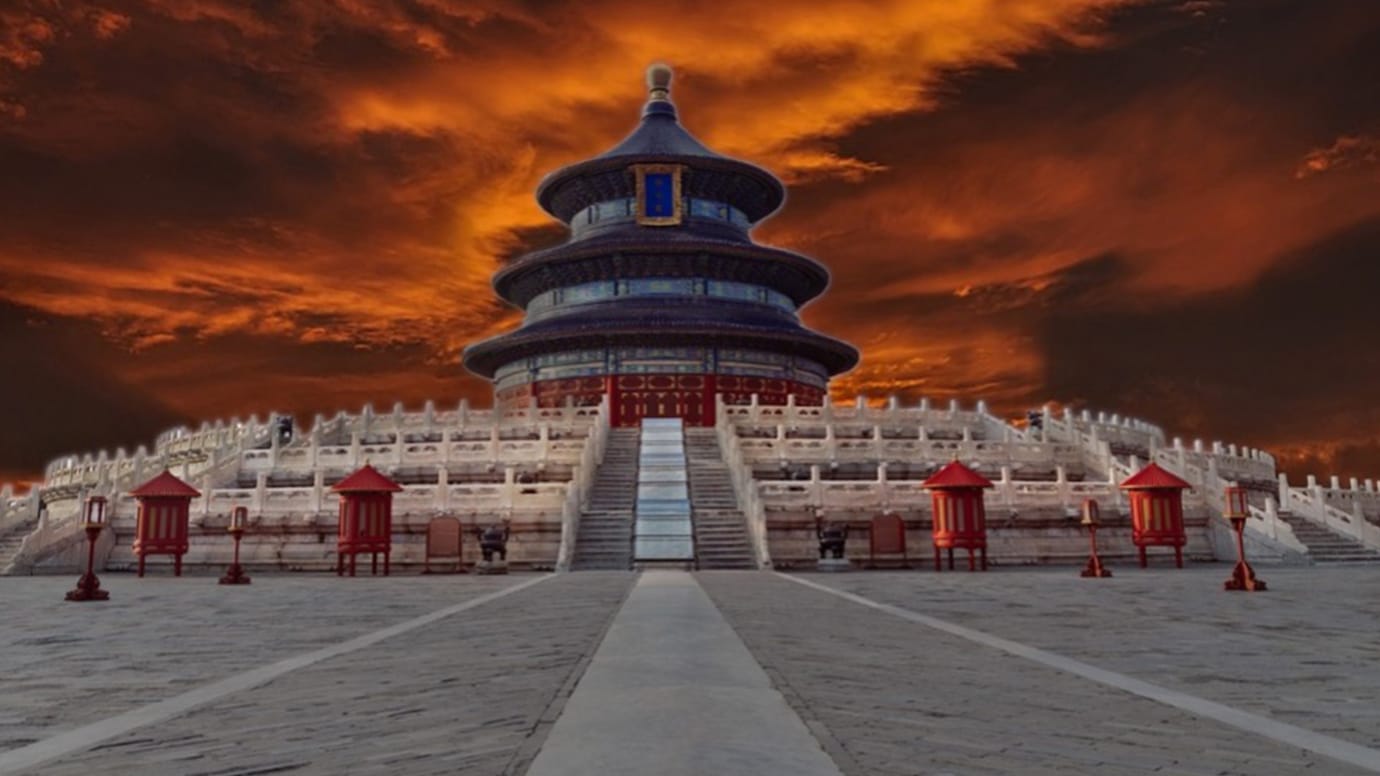
Technical Field Trip
| Duration | Date | Time | Itinerary | Meal | Accomodation |
|---|---|---|---|---|---|
| 1 Day | Sept. 14 2023 | 08:30 | Depart after Breakfast | Breakfast/Lunch/Dinner | / |
| 08:30-09:30 | Depature for Shichahai Area | ||||
| 10:00-12:00 | Visit Prince Gong's Mansion | ||||
| 12:00-13:00 | Lunch | ||||
| 13:00-14:30 | Roam the “Hutong” in Shichahai area | ||||
| 14:30-15:00 | Depart for the Temple of Heaven | ||||
| 15:00-17:00 | Visit the Temple of Heaven | ||||
| 17:00-20:00 | Dinner / Back to Hotel |
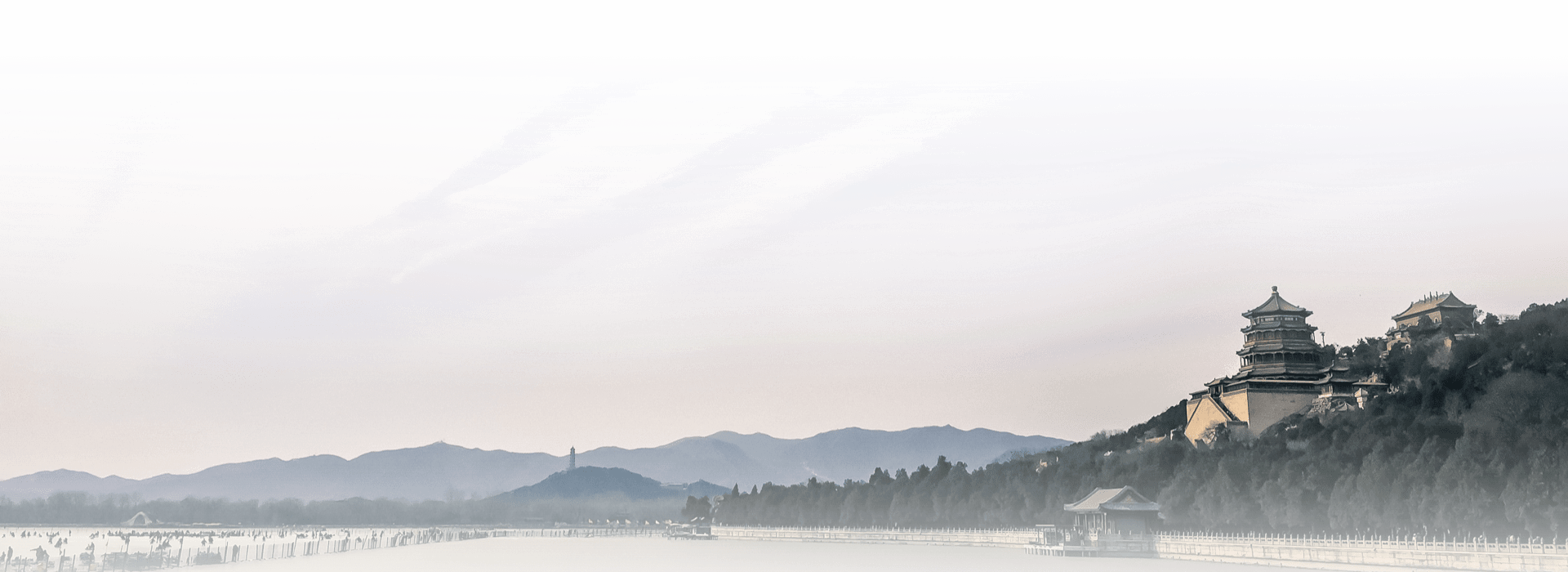
World Cultural Heritage Tour - Summer Palace & Jingmi Aqueduct
1 Day◉ Summer Palace, once a royal garden, is now a public park, that not only demonstrates the art of garden, mountains and lakes with distinct Chinese characteristics, but also serves as an important supporting project for the Beijing section of the South-to-North Water Diversion Project. Together with the Jingmi Aqueduct, it shoulders the important task of protecting Beijing’s water sources.
The Summer Palace
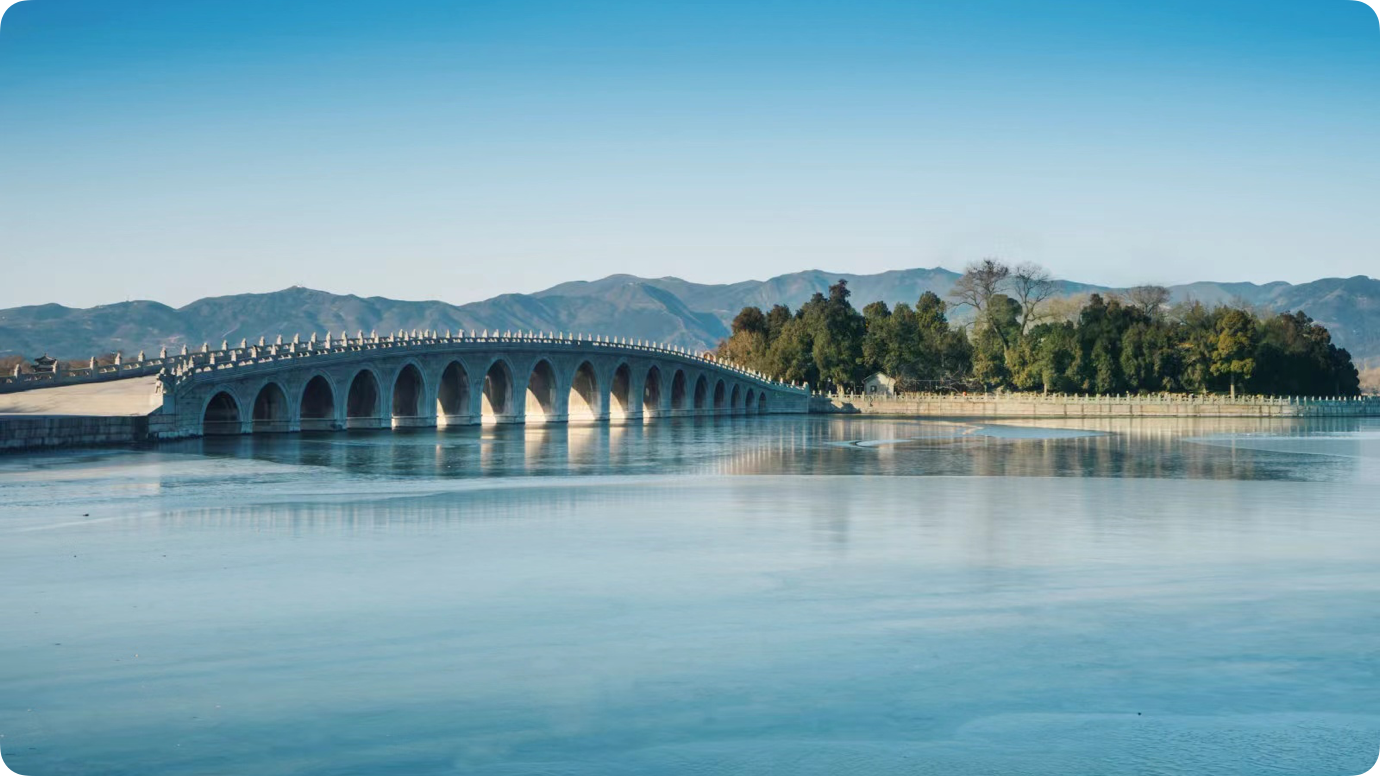
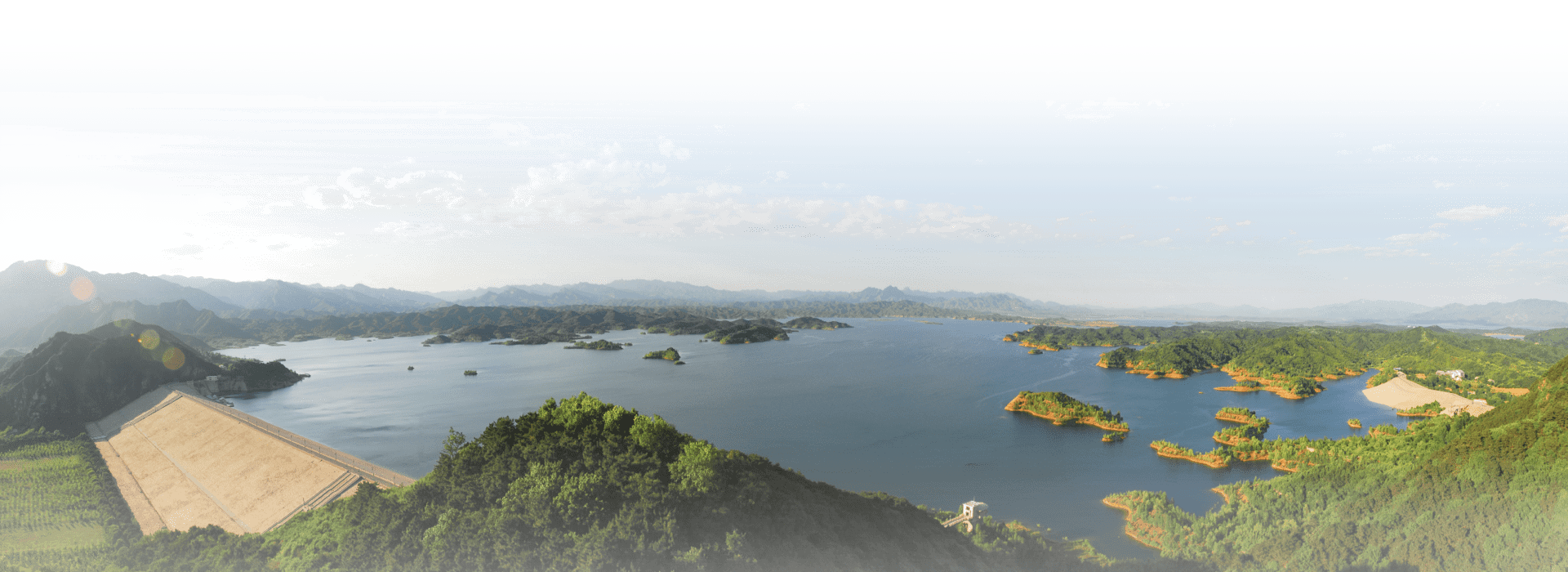
Rural Ecological Protection Tour - Miyun Reservoir & the Reservoir Area
1 Day◉ The Miyun Reservoir, built in 1960, is the largest source of drinking water in Beijing. Protecting drinking water sources has always been an important task for Beijing. Heishan Temple Village, located next to the reservoir, is a pilot project aimed at implementing and accelerating the progress towards the Sustainable Development Goals of the United Nations Development Program, providing a model for the protection of water resources in the reservoir area, as well as for the protection of rural water ecology.
The Miyun Reservoir
The Miyun Reservoir is the largest reservoir in North China, and it is the most important source of surface drinking water in Beijing. It plays a big role in flood prevention, agricultural irrigation, ecology, urban water supply, power generation, aquaculture, tourism, etc.

The Heishan Temple Village
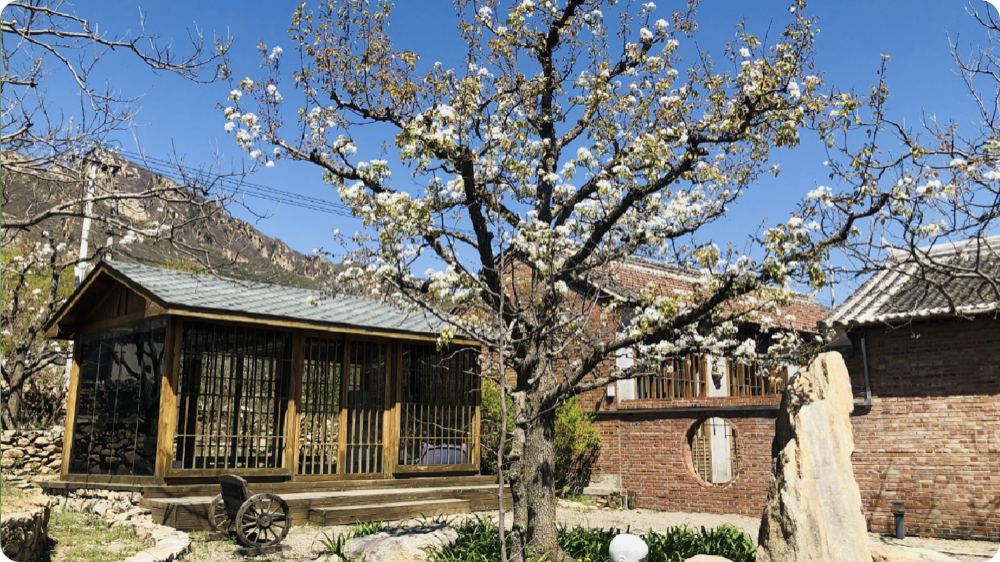
The Heishan Temple Village is pilot project between China and the UNDP Water Governance Programme of Research on Agricultural Non-point Source Pollution Control and Environment Sustainable Development. It aims to solve rural domestic sewage problems through nature-based approaches such as zero-energy consumption and zero-net maintained ecological artificial wetlands. It also explores the pattern of under-forest economy of agroforestry and demonstration activities such as rural waste recycling, women-focused empowerment training, etc. It represents China’s aspiration to promote rural revitalisation and the implementation of the water-related 2030 UN Sustainable Development Goals at the village level and finds solutions for realising the harmonious coexistence between humans and nature.
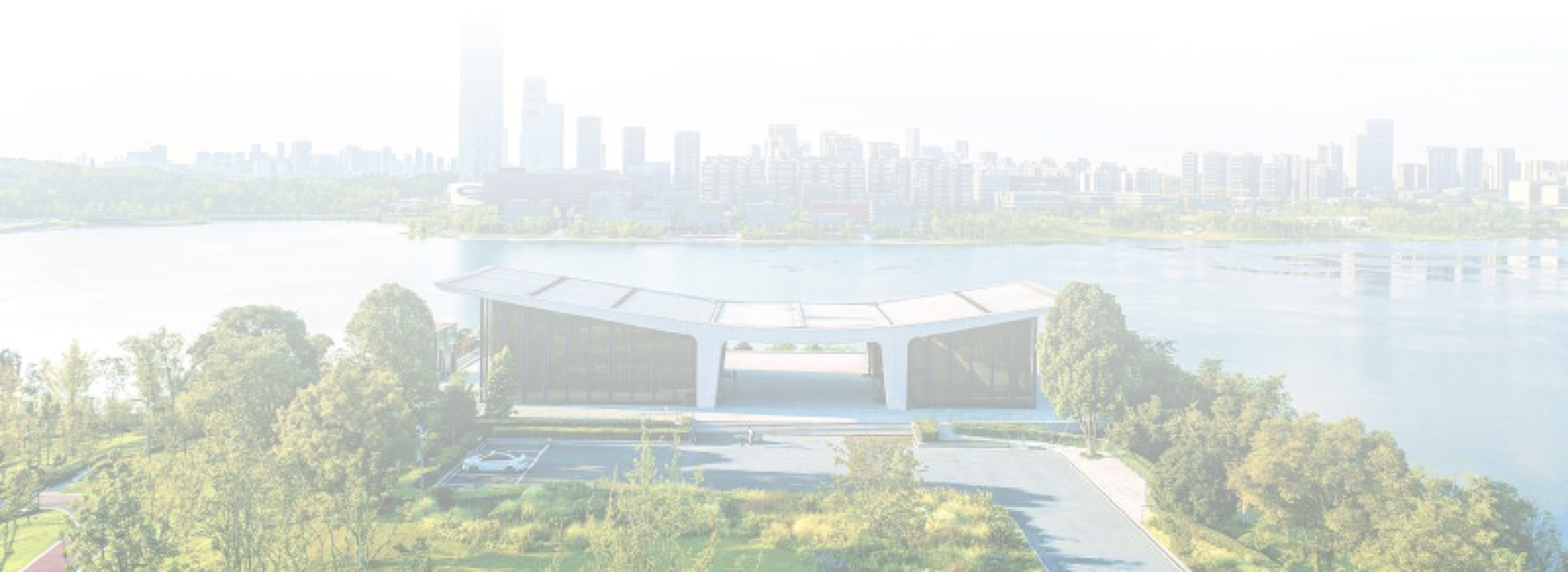
Ancient and Modern Comparison Tour - Water Ecosystem Protection and Restoration to Dujiangyan and Chengdu City
4 Days◉ The Dujiangyan Water Conservancy Project is a world-renowned water conservancy project based in nature that was started in ancient China 2279 years ago. Until today, it is still contributing to the tranquility and prosperity of the Chengdu Plain; Chengdu City, inheriting Dujiangyan’s spirit of protecting water ecosystems based on nature, makes the birthplace of ancient Shu civilization more beautiful. During this trip, you will also have the opportunity to see pandas, the treasure of the world; and experience the delicious food of Chengdu, a city of leisure...
The Dujiangyan Irrigation System
The Dujiangyan Irrigation System is a large-scale water irrigation system in Chinese cultural history, and has been listed as a World Cultural Heritage and Heritage Irrigation Structure. The system, as a grand water conservancy project, features water diversion without a dam, and is the only one that has preserved through time and has the longest history worldwide. Most importantly, the Dujiangyan Irrigation System still functions well at present.
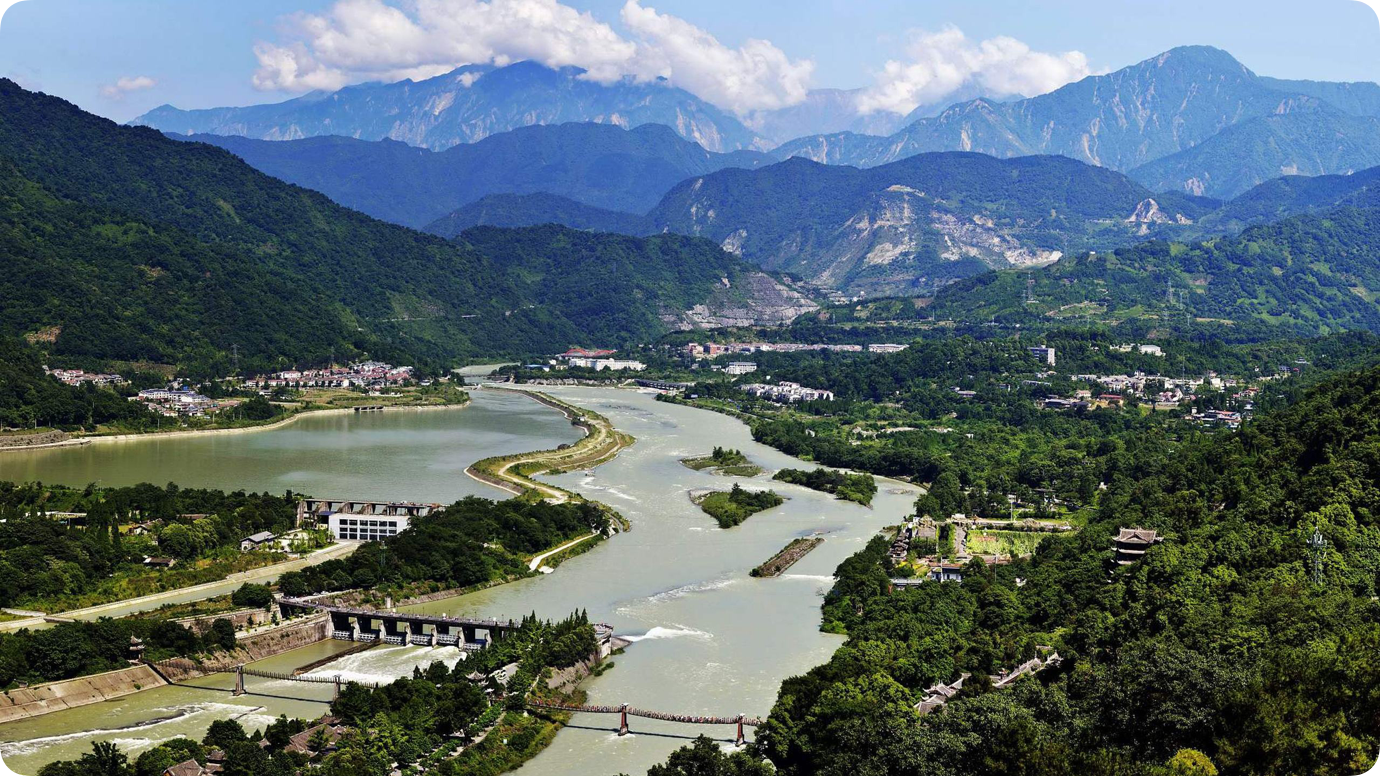
The Jinsha Relic Site
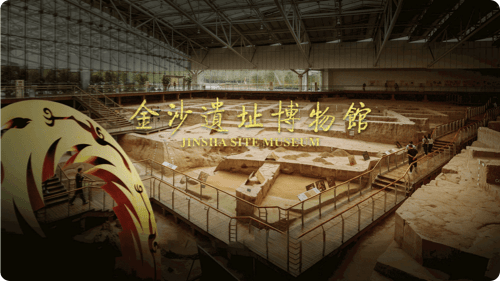
The Jinsha Relic Site was the capital of the ancient Shu state in the upper reaches of the Yangtze River in the pre-Qin period in China, from the 12th century BC to the 7th century BC. It was the center of ancient Shu civilization, rising on the Chengdu Plain.
The Water Restoration Project in Chengdu City
Chengdu is one of the earliest cities in China to develop aquatic ecosystem protection and restoration. It has carried out a series of exploration and practice in solving urban sewage treatment and ecological value conversion. The Sha River Project, as s sub-project of the Water Restoration Project in Chengdu City, has won the Thiess International River prize in 2006.
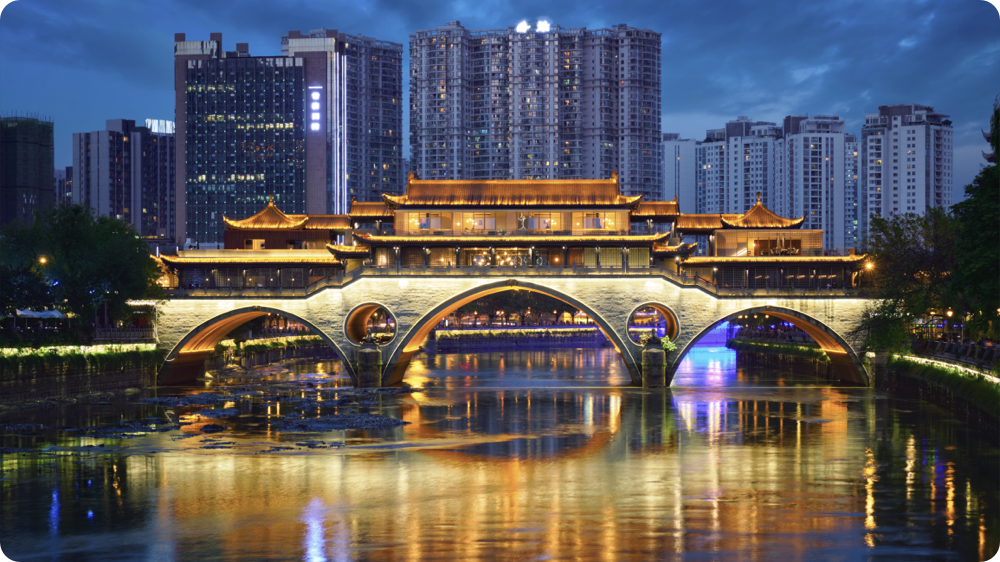
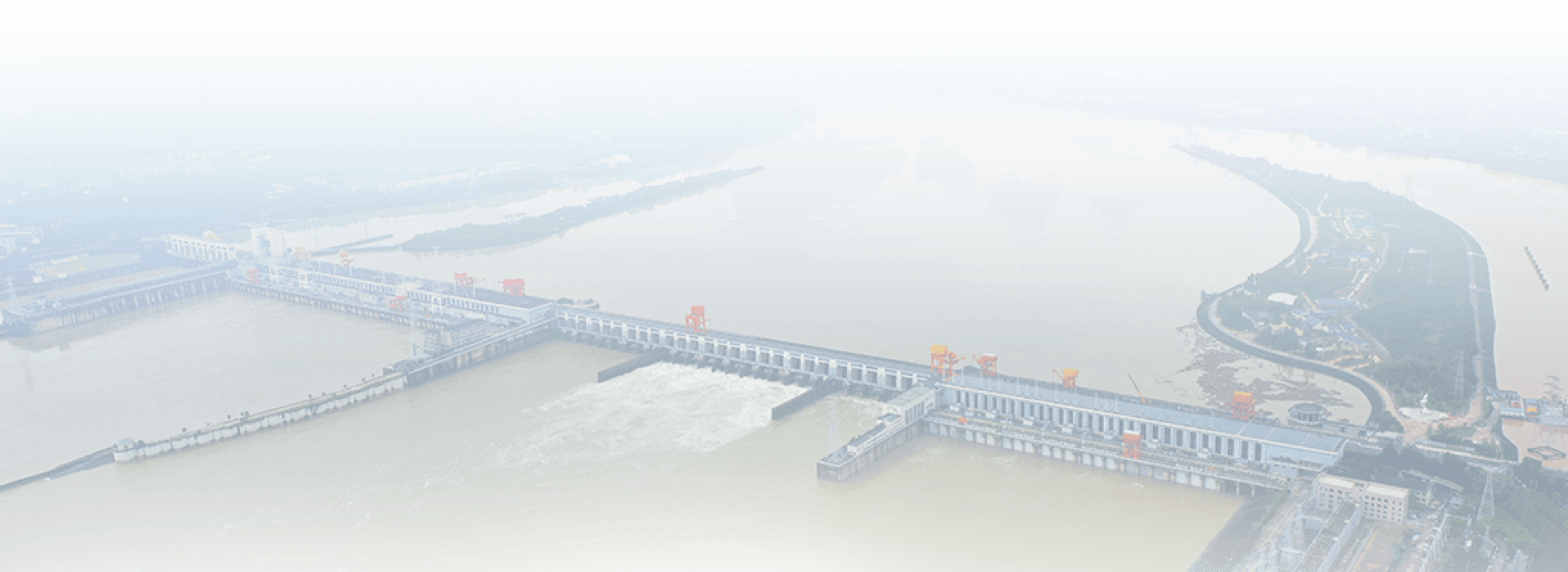
The River Guarding Project Tour - Mighty Pillars of the Grand Nation
4 Days◉ The Three Gorges Water Conservancy Project on the Yangtze River and the Gezhouba Water Conservancy Project are both large-scale water conservancy and hydropower projects in China to control the floods of the Yangtze River and generate clean energy. Since its completion, it has successfully dealt with the largest flood peak with an inflow of 75,000 cubic meters per second. The total installed capacity and average annual power generation of the Three Gorges Hydropower Station are equivalent to the construction of 13 large-scale thermal power plants of 1.4 million kW. In the meantime, you will also see the Chinese sturgeon breeding base, the extra-large double-line five-level ship lock...
The Three Gorges Reservoir
The Three Gorges Reservoir is the largest hydraulic project in the world, and the largest engineering project in China. As a comprehensive water project, it contributes to flood prevention, power generation, shipping, water resources utilisation, etc. It is the world’s biggest hydroelectric station and clean energy production base.
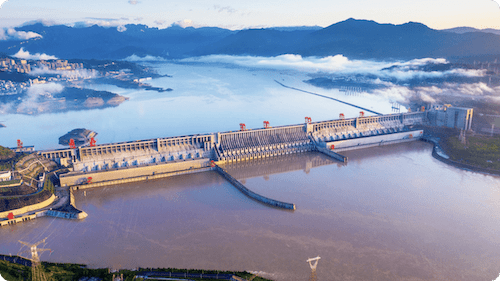
The Gezhouba Reservoir

The Gezhouba Hydropower Station is the first large-scale hydropower station in the Yangtze River, and the largest low-head, large-flow and run of the river hydropower station in the world, with comprehensive function in power generation, navigation conditions improving, etc. It serves the function of reverse regulation in the uneven discharge of the Three Gorges Reservoir during the flood season.
The Chinese Sturgeon Research Institute of China Three Gorges Corporation
The Chinese Sturgeon Research Institute of China Three Gorges Corporation established in 1982, is the first rare fish research institution that is driven by the construction of the water conservancy projects. It provides technical support for protecting fish species while developing hydropower stations.
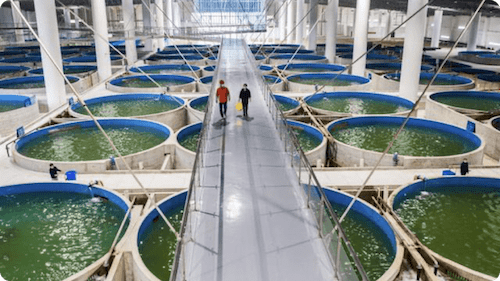
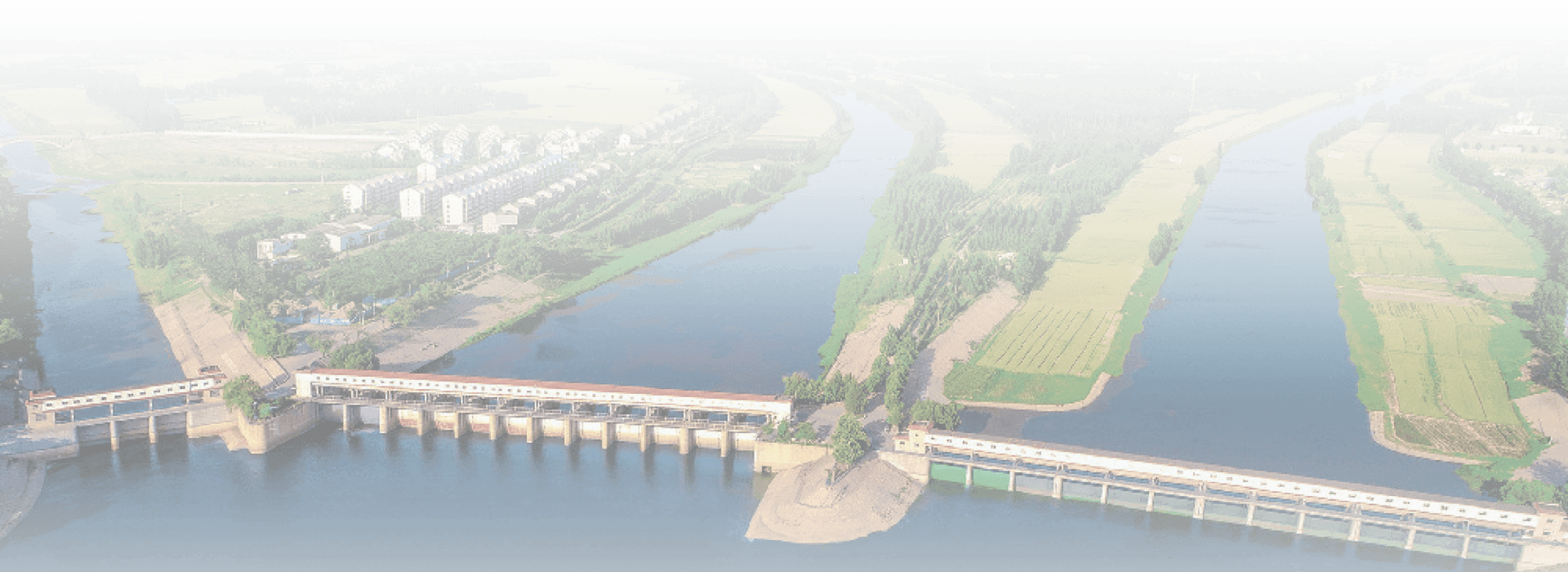
The Beijing-Hangzhou Grand Canal (Hangzhou Section) : A Journey on Water that Connects the North and the South
4 Days◉ From the excavation of the canal to today, the Beijing-Hangzhou Grand Canal has been in existence for more than 2,500 years. The completion of the canal has played an important role in linking the economic development and cultural exchanges between the north and the south of China, and complimenting the innate geographical defect of the most China’s rivers being east-west direction; and has since developed many ancient towns along the river and promoted the technological progress of China’s iron smelting. During this trip, you will also experience the charm of Wuzhen (a typical water town in southern China) and listen to the vivid tales and rich history of the Grand Canal Museum.
The Beijing-Hangzhou Grand Canal
The Beijing-Hangzhou Grand Canal, which was listed as a World Heritage Site by UNESCO in 2000, is the earliest, largest and one of the longest canals in the world. It is still used today. The canal plays a great role in the development and exchange of economy and culture between southern and northern China. In April 2022, the refilling of water into all dried-out sections of the Beijing-Hangzhou Grand Canal was completed, enabling the full connection of the waterway for the first time in over a century.
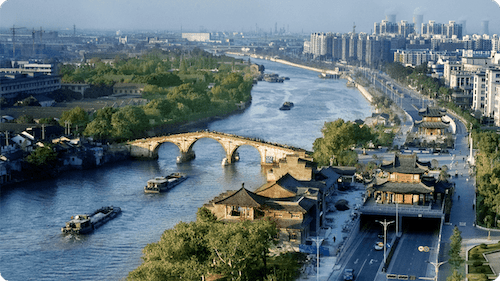
The West Lake
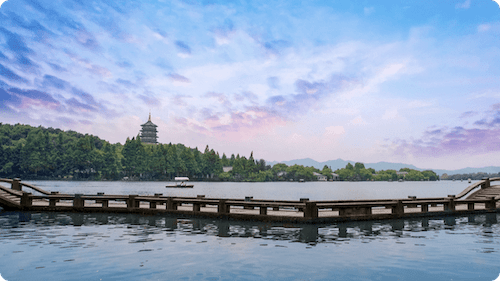
The West Lake is one of the well-known freshwater lakes in China. It contributed to water supply, irrigation, and economic transportation in ancient time. The scenery of West Lake has always been praised by numerous Chinese poets and artists since ancient time for the perfection combination of stunning natural scenery and human culture.
The Wuzhen Town
The Wuzhen is one of China’s historic and cultural towns, and a typical riverine town located in the south of the Yangtze River. The rivers in the Wuzhen belong to the Tai Lake Basin water system within the Yangtze River. Streams, houses, bridges, stone paved alleys, all compose the most typical water town in China.

Technical Field Trip
| Duration | Date | Time | Itinerary | Meal | Transportation | Accomodation |
|---|---|---|---|---|---|---|
| 1 Day | Sept. 16 2023 | 08:30 | Depart after Breakfast | Breakfast/Lunch/Dinner | Bus | / |
| 08:30-09:00 | Depart for Summer Palace | |||||
| 09:00-12:00 | Visit Summer Palace | |||||
| 12:00-14:00 | Lunch | |||||
| 14:00-14:30 | Depart for Jingmi Aqueduct | |||||
| 14:30-16:00 | Jingmi Aqueduct | |||||
| 16:00-17:00 | Back to Downtown | |||||
| 17:00-19:00 | Dinner | |||||
| 19:00 | Finish |
| Duration | Date | Time | Itinerary | Meal | Transportation | Accomodation |
|---|---|---|---|---|---|---|
| 1 Day | Sept. 16 2023 | 08:30 | Depart after Breakfast | Breakfast/Lunch/Dinner | Bus | / |
| 08:30-10:00 | Depart for Miyun Reservoir | |||||
| 10:00-12:00 | Miyun Reservoir | |||||
| 12:00-14:00 | Lunch | |||||
| 14:00-14:40 | Depart for Heishan Temple | |||||
| 14:40-16:30 | Visit Heishan Temple | |||||
| 16:30-18:00 | Back to Downtown | |||||
| 18:00-19:00 | Dinner | |||||
| 19:00 | Finish |
| Duration | Date | Time | Itinerary | Meal | Transportation | Accomodation |
|---|---|---|---|---|---|---|
| Day 1 | Sept. 16 2023 | / | Beijing- Chengdu, Free time After Arrival | Breakfast/Dinner | Flight/Bus | Chengdu |
| Day 2 | Sept. 17 2023 | 08:00 | Depart after Breakfast | Breakfast/Lunch/Dinner | Bus | Dujiangyan |
| 08:00-09:30 | Depart for Cheng du Research Base of Giant Panda Breeding | |||||
| 09:30-12:00 | Visit Cheng du Research Base of Giant Panda Breeding | |||||
| 12:00-13:30 | Lunch | |||||
| 13:30-14:00 | Depart for Dujiangyan | |||||
| 14:00-17:00 | Visit Dujiangyan | |||||
| 17:00-19:00 | Dinner | |||||
| 19:00-19:30 | Back to Hotel | |||||
| 19:30 | Arrive Hotel | |||||
| Day 3 | Sept. 18 2023 | 08:30 | Depart after Breakfast | Breakfast/Lunch/Dinner | Bus | Chengdu |
| 08:30-09:30 | Depart for The Jinsha Relic Site | |||||
| 09:30-12:30 | Visit The Jinsha Site Museum | |||||
| 12:30-14:00 | Lunch | |||||
| 14:00-17:00 | The Water Ecosystem Protection and Restoration Project in Chengdu City | |||||
| 17:00-19:00 | Dinner | |||||
| 19:00-19:30 | Back to Hotel | |||||
| 19:30 | Arrive Hotel | |||||
| Day 4 | Sept. 19 2023 | / | Free time after Breakfast, Airport Drop-off upon flight schedule | Breakfast | Flight/Bus | / |
| Duration | Date | Time | Itinerary | Meal | Transportation | Accomodation |
|---|---|---|---|---|---|---|
| Day 1 | Sept. 16 2023 | / | Beijing- Yichang, Free time After Arrival | Breakfast/Dinner | Flight/Bus | YiChang |
| Day 2 | Sept. 17 2023 | 08:30 | Depart after Breakfast | Breakfast/Lunch/Dinner | Bus | YiChang |
| 08:30-09:00 | Depart for Pier | |||||
| 09:00-12:00 | Three Gorges Cruise | |||||
| 12:00-13:30 | Lunch | |||||
| 13:30-14:00 | Depart for The Three Gorges Water Conservancy Project | |||||
| 14:00-17:00 | The Three Gorges Water Conservancy Project/The Conservation base of Chinese sturgeon | |||||
| 17:00-19:00 | Dinner | |||||
| 19:00-20:00 | Back to Hotel | |||||
| 20:00 | Arrive Hotel | |||||
| Day 3 | Sept. 18 2023 | 08:30 | Depart after Breakfast | Breakfast/Lunch/Dinner | Bus | YiChang |
| 08:30-12:00 | The Gezhouba Reservoir(Gezhouba Lock Scenic Area) | |||||
| 12:00-14:00 | Lunch | |||||
| 14:00-15:00 | Back to Hotel, Free time | |||||
| Day 4 | Sept. 19 2023 | / | Free time after Breakfast, Airport Drop-off upon flight schedule | Breakfast | Flight/Bus | / |
| Duration | Date | Time | Itinerary | Meal | Transportation | Accomodation |
|---|---|---|---|---|---|---|
| Day 1 | Sept. 16 2023 | / | Beijing-Hangzhou, Free time After Arrival | Breakfast/Dinner | Flight/Bus | Hanghzou |
| Day 2 | Sept. 17 2023 | 08:30 | Depart after Breakfast | Breakfast/Lunch/Dinner | Bus | Wuzhen |
| 08:30-09:00 | Depart for The Hangzhou Section of the Grand Canal | |||||
| 09:00-12:00 | Visit the Hangzhou Section of the Beijing-Hangzhou Grand Canal | |||||
| 12:00-14:00 | Lunch | |||||
| 14:00-16:00 | West Lake Sightseein | |||||
| 16:00-17:30 | Depart for Wuzhen | |||||
| 17:30 | Arrive Hotel in Wuzhen | |||||
| 17:30-19:30 | Check-in / Dinner | |||||
| Day 3 | Sept. 18 2023 | 08:30 | Depart after Breakfast | Breakfast/Lunch/Dinner | Bus | Hanghzou |
| 08:30-16:00 | Visit and Investigation in Wuzhen | |||||
| 16:00-17:30 | Depart for Hangzhou | |||||
| 17:30-19:30 | Check-in / Dinner | |||||
| Day 4 | Sept. 19 2023 | / | Free time after Breakfast, Airport Drop-off upon flight schedule | Breakfast | Flight/Bus | / |


